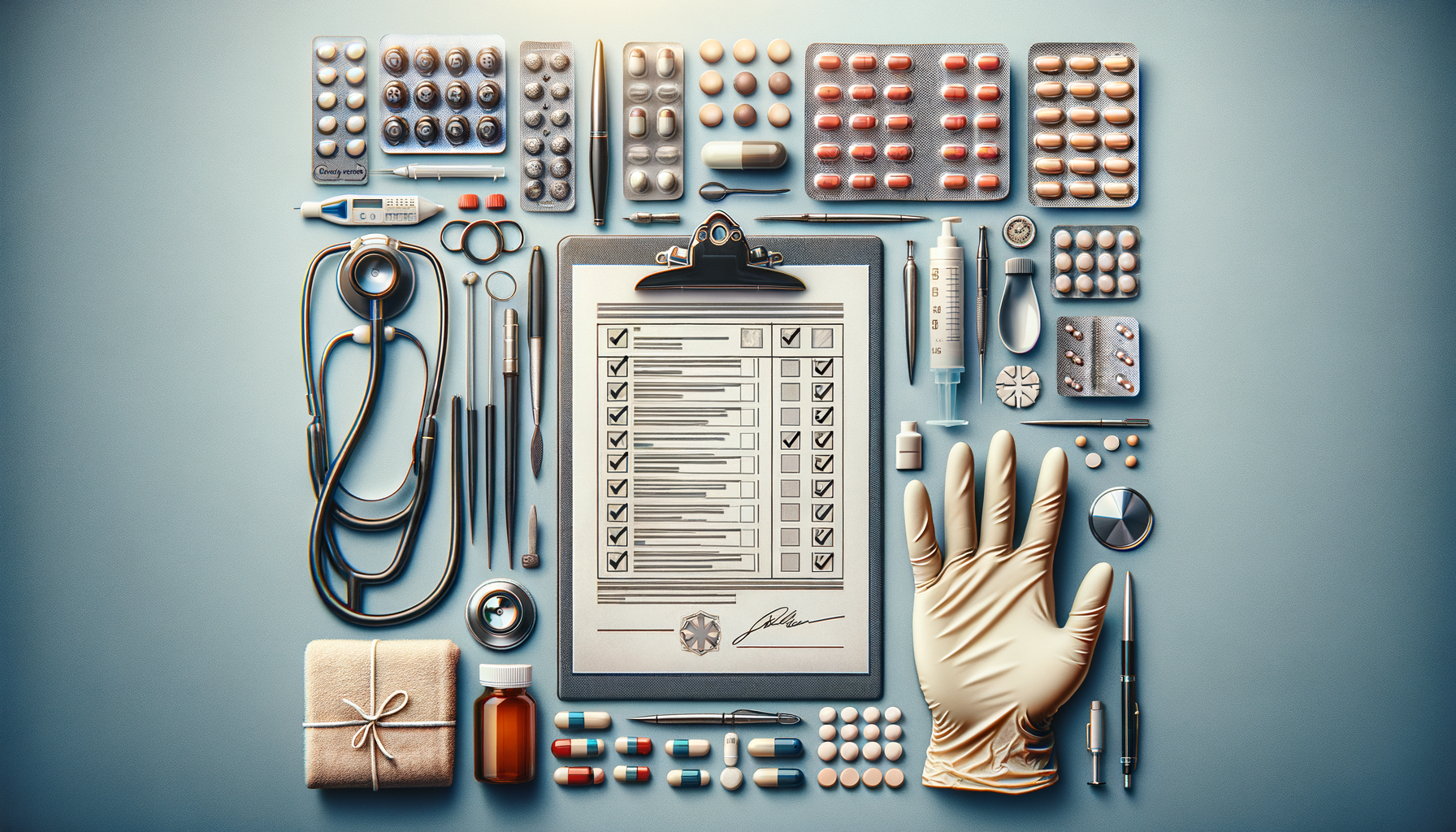Introduction to Medical Assistants
In the bustling world of healthcare, medical assistants serve as pivotal members of the clinical team, ensuring that operations run smoothly and efficiently. Often, they are the first point of contact for patients, setting the tone for their healthcare experience. As healthcare continues to evolve, the role of medical assistants has expanded, making them indispensable in both clinical and administrative capacities.
Medical assistants are versatile professionals trained to perform a variety of tasks that support both doctors and nurses. Their responsibilities can range from administrative duties, such as scheduling appointments and maintaining medical records, to clinical tasks like taking patient histories and preparing them for examinations. This dual role not only enhances the efficiency of healthcare delivery but also improves patient satisfaction by providing a seamless experience.
The demand for medical assistants is on the rise, driven by the growing need for healthcare services and the expansion of healthcare facilities. According to the U.S. Bureau of Labor Statistics, employment of medical assistants is projected to grow much faster than the average for all occupations, highlighting the critical role they play in the healthcare industry.
The Diverse Responsibilities of Medical Assistants
Medical assistants wear many hats in their daily roles, balancing both clinical and administrative tasks. Their ability to switch between these responsibilities makes them invaluable in a medical setting.
On the administrative side, medical assistants often handle:
- Patient scheduling and appointment management
- Medical billing and coding
- Maintaining and updating patient records
- Handling correspondence and insurance forms
Clinically, they are involved in tasks such as:
- Recording patient history and vital signs
- Preparing patients for examination
- Assisting physicians during exams
- Collecting and preparing laboratory specimens
- Performing basic laboratory tests
This blend of responsibilities requires medical assistants to possess a unique set of skills, including strong communication abilities, attention to detail, and a comprehensive understanding of medical terminology and procedures. Their role is crucial in ensuring that healthcare providers can focus on delivering quality patient care without being bogged down by administrative tasks.
Training and Career Pathways for Medical Assistants
Entering the field of medical assisting typically requires completing a postsecondary education program, which can range from a certificate to an associate degree. These programs are designed to equip students with the necessary skills and knowledge to perform both clinical and administrative duties effectively.
Many programs offer hands-on training through externships, allowing students to gain real-world experience in a healthcare setting. This practical experience is invaluable, as it prepares future medical assistants for the dynamic environment of a medical office or clinic.
Certification is another important aspect of a medical assistant’s career. While not always mandatory, obtaining certification can enhance job prospects and demonstrate a commitment to the profession. Several organizations offer certification, including the American Association of Medical Assistants (AAMA) and the National Healthcareer Association (NHA).
The career path for medical assistants is diverse, with opportunities to specialize in areas such as ophthalmology or podiatry, or to advance into roles such as office manager or clinical supervisor. This flexibility allows medical assistants to tailor their careers to their interests and strengths, making it a rewarding field with numerous opportunities for growth and development.



Leave a Reply